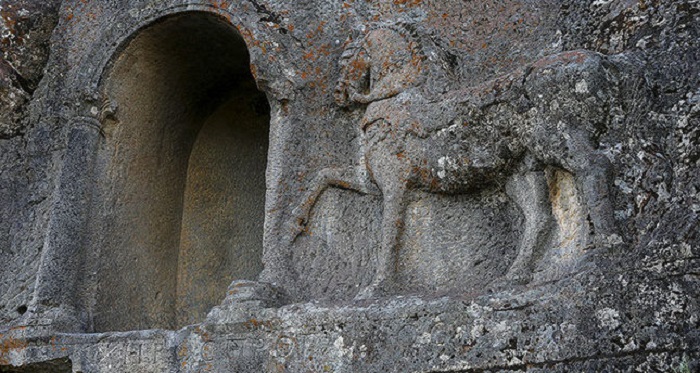The inscription was carved in a monument called "Lukianus", which got its name from a Roman horse rider, according to Prof. Dr. Hasan Bahar of History Department at Selçuk University. Bahar told the state-run Anadolu Agency (AA) in an interview that Lukianus was a horse racer at the time of the ancient Roman Empire.
Bahar said that there are previous sources discovered referring to horse races, but what made the inscription a first was that it was specifically explaining the rules of the horse racing sport.
He said, "From this structure [monument], we understand that horse races were organized and horses were trained here."
"The Hittites [an Ancient Anatolian people] were building the monuments for the mountains around which they believed to be holy. And in the Roman period, horse races were maybe organized to sanctify these mountains."
More about:















































